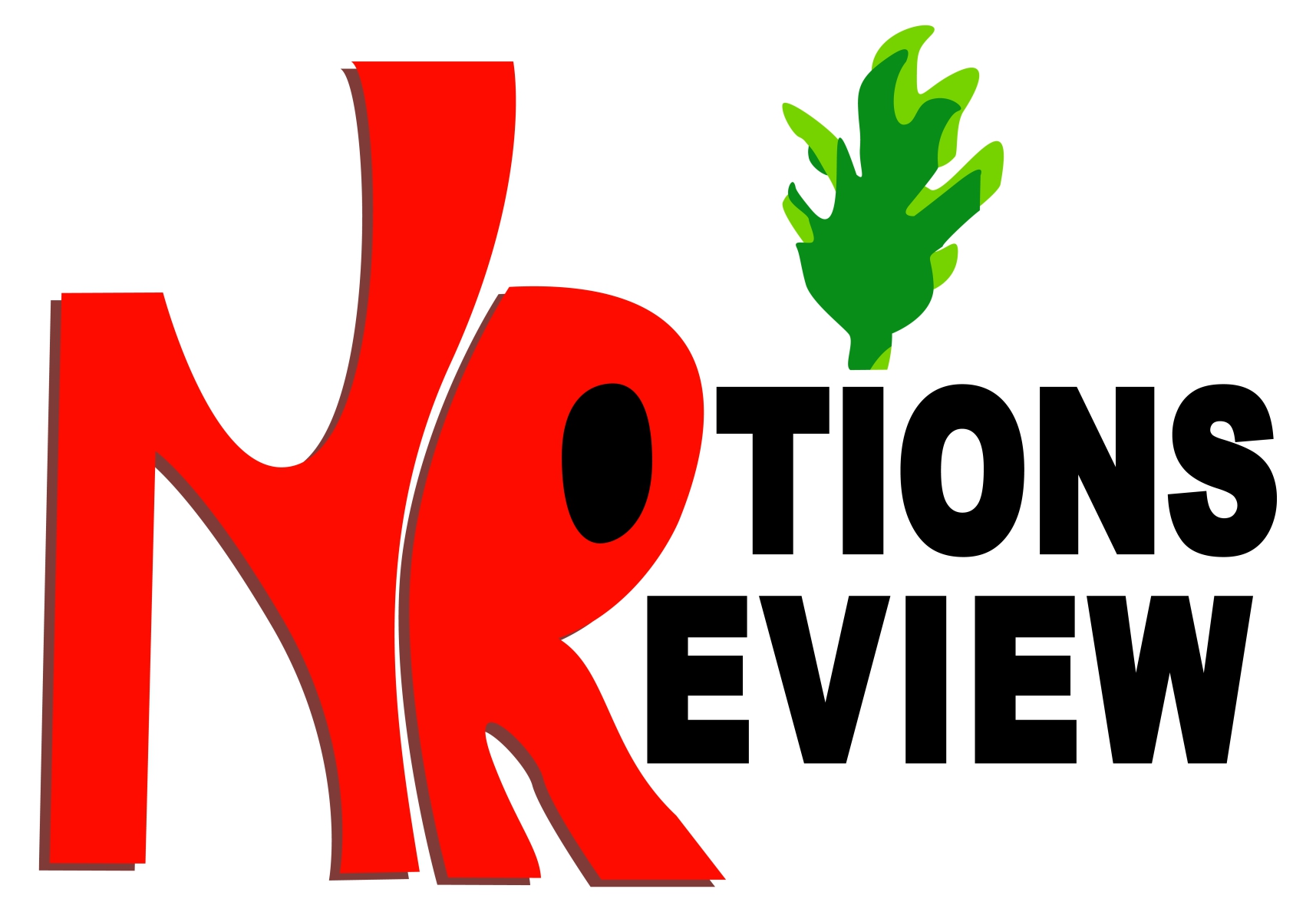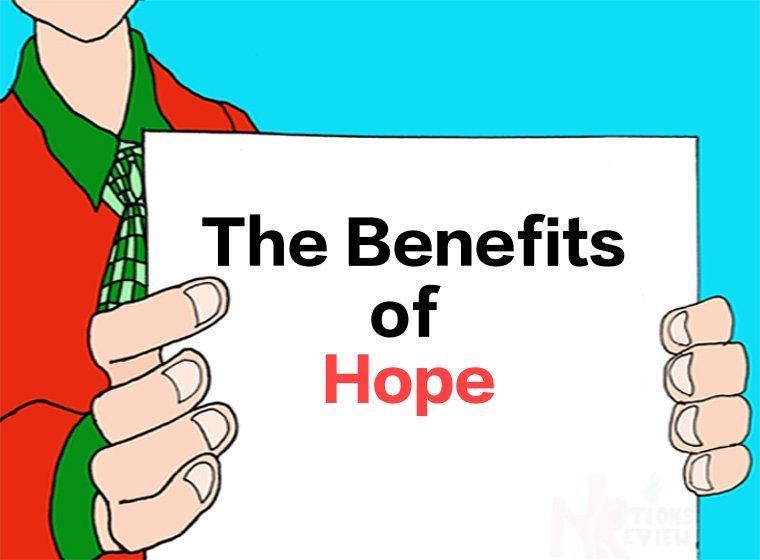Hope is a positive cognitive rescue of the mind. It is an enduring feeling despite the presence of impending adversity. When we want something, we keep going, hoping we will get it in the end. It sets us off for an endless adventure in life that can only be truncated by death. Hope can blindly lead us to activities that keep us going even if it is written in the stars that we will never get what we are yearning for. They say, “what you don’t know can’t hurt you” or in some cases, “ignorance is bliss”. However, ‘belief’ is a hopeful benefit for the well-being of the mind.
Hope just keeps things interesting – it’s a gentle push that is soothing. In the absence of it, emptiness fills the void. The uncertainties of life aid the appearance of hope and dreams. And such a mental state can aid us to acquire other short-term goals. However, a bigger picture of hope can be conceived with the projection of an anticipated uncertainty.
While hope boosts our belief and protects us from depression, it can be an insinuation of aloofness. Hope can be painful when it goes on for longer than anticipated. More so, hope is an endless trip of belief and it could be argued that it creates a whole new problem while trying to patch an already established one.
While the relentlessness of hope can be termed satisfying, it can portray one as a dreamer or a wishful thinker. When not handled carefully, hope has the potency of distracting us from the present and makes us focus on a possibility rather than a conspicuous reality. With expectations, comes disappointment but without it, comes frustration. So, we will have to analyse hope to see if it helps our course.
Without a doubt, hope is tricky and it depends on what you do with it. Every achievement is a product of hope that came through. Commitment and hope make it possible to persevere. Simply put, hope is vital for every new success. What type of hope should be kept and what kind should we do away with?
Hope can be realistic or false. We are to choose the right kind, which is a hope that has a realistic bargain.
Hope is a therapy that makes sure there’s positive energy to go about the things that make life interesting and satisfying. The lack of it increases anxiety and a feeling of helplessness.
For the sustenance of good mental health, hope is employed to give us a certain clarity which can aid us in conceptualising goals. With a vivid opalescence, working bridges are built to guide us as we work to birth solutions that will help us evade roadblocks or limitations in our quest to arrive at the promises of hope.
As long as we can healthily apply hope, we can navigate hope to always be in our favour. The false application of hope hinders progression as one is likely to naively going against the tenets of a likely outcome.
Wishful thinking or fantasising is different from imploring hope. Hope is not a helpless surrender to fate but an optimistic projection of the future. For some, it is palliative care that acts and provides succour in situations where there is a dire need for a change of fortune.
To avoid hope from turning into frustration, it should never be left in the hands of fate. While the concept of destiny is not entirely ruled out in the discussion of hope, it’s rather riddled with uncertainty – the pain of second-guessing.
A valid hope can be a hope that has taken cognisance of the present reality while making permutations without being emotionally boxed to just taking a wild lunge without carefully considering the modalities to make the hope a valid one. In a nutshell, it’s better to have hope than being hopeless.

